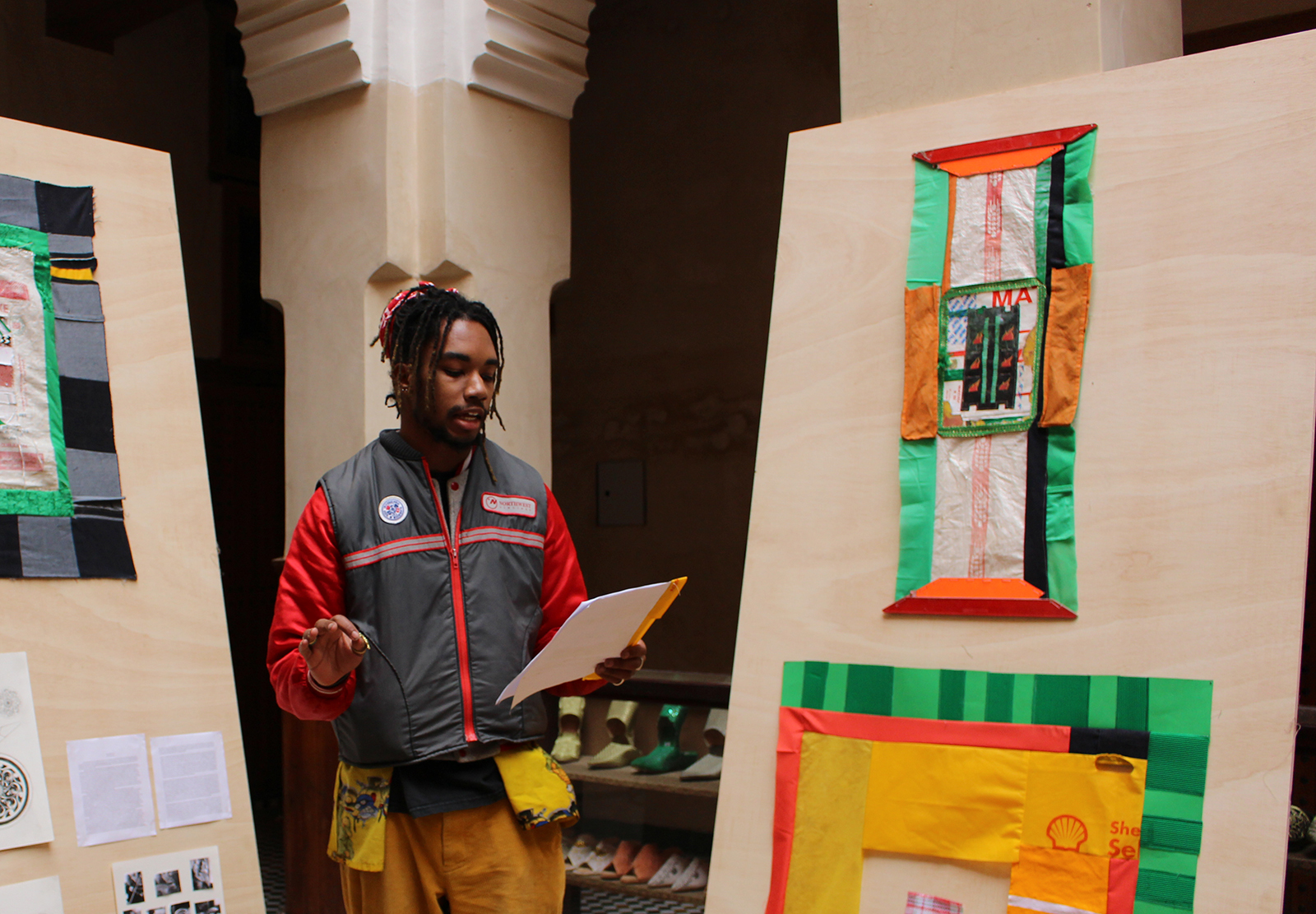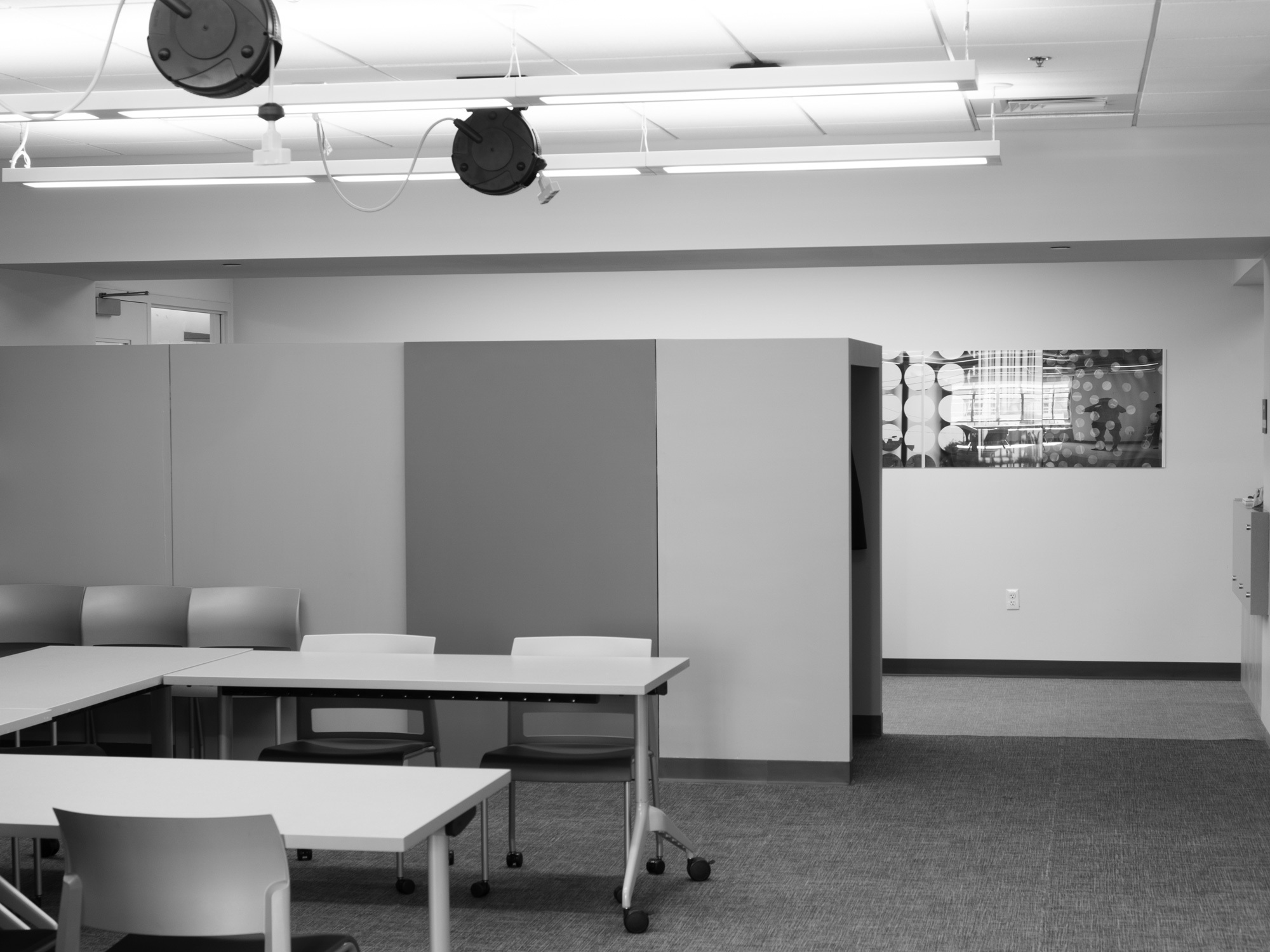About this course
Course Description
This cross-disciplinary proto-design studio will explore these questions by working with local communities and building craftspeople to develop a material language that incorporates traditional design and art practices. We will partner with local knowledge-holders and draw on expertise from global organizations like CRAterre and UNESCO. Participants from any art or design field will work alongside Ghanaian craftspeople and community members to:
- Study vernacular architecture and local material practices
- Visit quarries and conduct soil testing to understand existing resources
- Experiment with natural materials and design prototypes for a sustainable, culturally rooted design approach
Beyond Ghana, these lessons resonate wherever artists and designers confront questions of equity, cultural continuity, and environmental responsibility. This program invites you to expand your creative toolkit, sharpen your global perspective, and experience firsthand how place, material, and culture can shape design.
The traditional people of Ghana’s Ashanti region had a time-worn tradition of collective sculptural plastering on buildings. This is one of the most unique cultures of relief sculpture with earth in the world, developed over hundreds of years – a creative practice quickened during the intimate community experiences of maternity (pregnancy and child-rearing). Despite their cultural importance, however, pregnancy and child-rearing are serious risk-taking activities, especially in rural villages, due to the lack of maternity health clinics and other basic infrastructures that allow mothers to access health care education and services when necessary.
What is the experience of maternity in a modernized Ghana? Is it still collective, culturally rich, and creative? Is this not the most creative time in the collective lives of women – as they prepare for childbirth? Has the influence of the Modern International Style – and the systematic replacement of rich local materials and traditions with poor quality imported materials and construction methods negatively impacted the local experience of maternity? What might be the best practice in designing and constructing future maternity health clinics in rural villages while applying vernacular wisdom and tradition with contemporary knowledge?
Earthen construction and the manipulation of clay have been one of the most direct forms of creative expression in vernacular cultures all around the world. This is especially the case with relief sculpture. Building with the earth also – despite the false stigma propagated by modern Euro-centric development work is one of the healthiest materials in the built environment. Concrete and steel cannot boast the same thermally self-regulating, humidity-modulating, and bio-climatically optimal material for construction. Where earth – and bio-climatic design – result in optimal human comfort and habitation patterns, modern materials often lead to poor health from thermal dysregulation, mold growth, and toxic materials in the home.
Should a modern maternity clinic not be an example of a new “vernacular material modernism”? This Wintersession proto-design studio will grapple with what this means for the women of modern, post colonial Ghana. Students will work with the village community and local women – both those expressing the need for a modern maternity clinic – and those who still practice the dying art of clay plastering.
Can the deep material intelligence of the earth and of the vernacular building technologies be brought to bear on the modern experience of maternity in Ghana? What is the modern exchange passed from mother to daughter that can suggest a way forward for a participatory, owner-driven conception of the maternity clinic and ward?
The course will draw on expertise in earthen heritage and tangible knowledge from a variety of sources working in this region, including the International Center for Earthen Construction (CRAterre), UNESCO World Heritages Sites Commission (WHEAP), and the World Monuments Fund.
During the trip, students will visit traditional and modern buildings in the coastal and inland areas, conduct soil tests in fields, study and develop a catalog of local building materials and methods, and produce proto-designs for a future maternity health clinic.
Application + Registration
The entire application process will be completed using an online application portal. You will be able to upload, request and submit all required documents there. Apply to a Wintersession Travel Course

